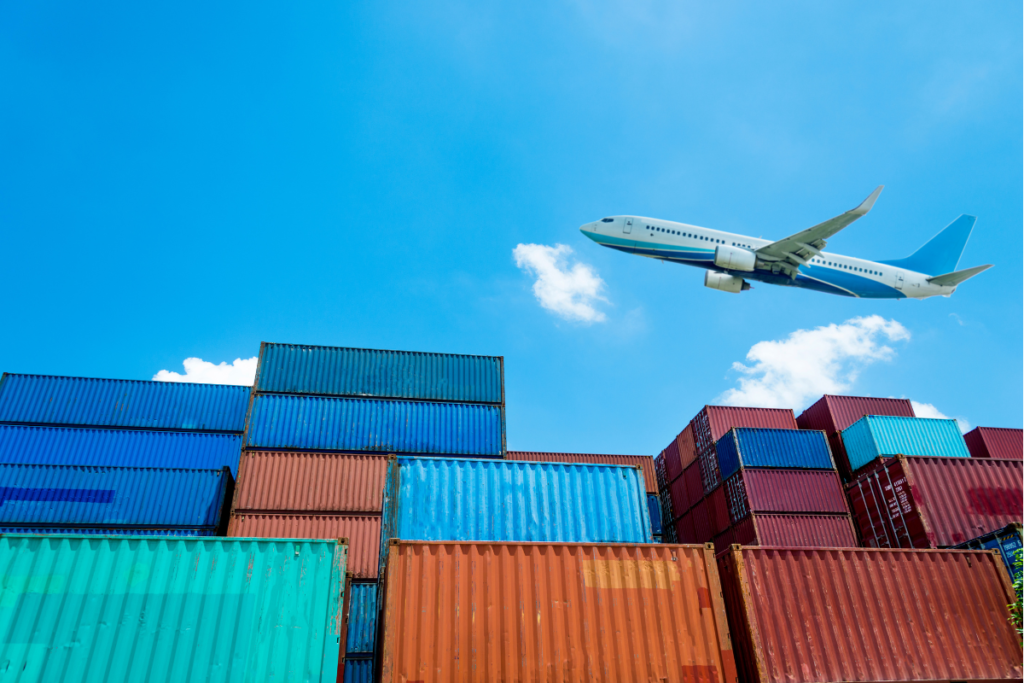The global air freight industry is seeing notable changes this September.
With the air cargo market showing signs of stabilization, shippers, forwarders, and airlines are expressing a sense of confidence. However, their optimism is tinged with caution, as market players anticipate that significant demand growth may not occur until Q3 2024, contingent upon stronger consumer confidence and increased economic activity, according to Niall van de Wouw, Chief Airfreight Officer at Xeneta.
Despite this conservative outlook, there’s an interesting development worth noting. The percentage of shippers committing to long-term air freight contracts, spanning six months or more, has increased from 28% in the previous three months to 34% in Q3. This upward trend indicates growing trust in the stability of the global air cargo market.
Why are we seeing this increase?
It’s a consequence of the air freight market’s unique dynamics. Unlike other sectors, this market isn’t expected to fluctuate significantly in the coming months. Both shippers and carriers have recognized this and are coming together to form longer-term agreements.
Throughout this period of stabilization, the air freight market has presented a mixed picture. Global cargo volumes have remained fairly consistent year over year, while global air capacity has exhibited its slowest growth in almost a year, increasing by 5% YoY. Several factors have contributed to this scenario. Slowing summer passenger travel in the Northern hemisphere has led to a gradual reduction in belly capacity, which is usually occupied by cargo.
In addition to these factors, air freight rates have experienced an interesting pattern. This month, rates showed a modest increase, partly due to a low baseline. We’re gradually witnessing spot prices returning to pre-pandemic levels. This particular rise in rates is predominantly attributed to supply-side factors rather than a surge in demand.
In September, the general air cargo spot rate grew by 2% MoM, reaching $2.23 per kilogram. This growth, which accelerated towards the end of the month, has continued into October. For the week ending October 1st, the global average spot rate surged by 10% in comparison to three weeks prior.
The China to U.S. tradeline witnessed a 9% MoM rate increase, reaching $3.63 per kilogram. This surge was driven by the demand spike ahead of the Golden Week holidays that commenced on October 1st. Other tradelines from Southeast Asia to the U.S. and Vietnam to the U.S. recorded impressive rate hikes of 16% and 32% MoM, respectively. In contrast, transatlantic spot rates experienced a 3% MoM decline to $1.73 per kilogram in September.
This shift in air freight rates, along with the slowing growth of available capacity, paints a picture of an air cargo market that’s finally finding its footing. As we look ahead, it’s intriguing to observe how different industry players will adapt. Some might choose to tread cautiously in their air cargo endeavors, while others may continue to expand their strategies. Either way, the air freight market is buzzing with activity, reflecting a sense of renewed energy.
At KIVO BPO, we’re keeping a close eye on these industry developments as they directly impact our clients’ needs and the solutions we provide. Stay tuned for more insights as we continue to monitor the evolving world of air freight.
